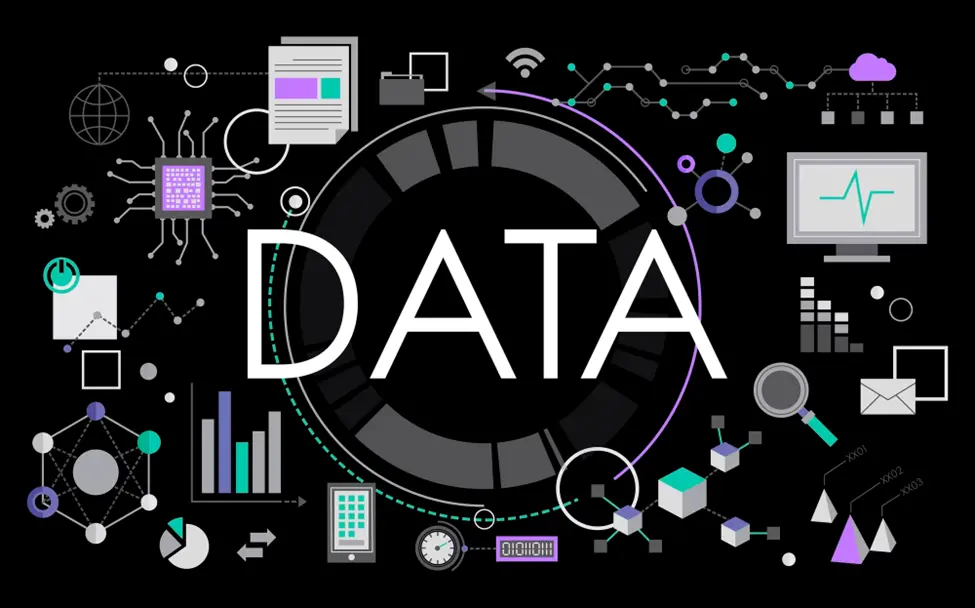Every business owner, manager, or decision-maker recognizes the importance of reliable information. The decisions you make today based on the data you have can significantly impact your business’s future trajectory. But how can you ensure that the info you rely on is accurate? How do you know if the numbers and facts you are working with have been verified or validated? And more importantly, what’s the difference between validation and verification? While these terms are often used interchangeably, their true meanings, especially in relation to data quality, are far from identical. Stay with us as we clarify their distinction.
What is data verification?
Verification takes place when you collect or input data into a system. Its goal is to confirm that the information you transfer from one medium to another is identical to its original version.
As you see from the definition of data verification, it doesn’t imply an evaluation of the quality or relevance of the data. Instead, it provides assurance that the information is an exact replication of the original data.
Consider this example. If you are transferring customer contact information from physical forms to a digital database, verification data takes place. This method would involve cross-checking the digital information with the physical forms to ensure no mistakes were made during the transfer. Or if a customer provides their shipping details online, verification ensures that the entered data matches exactly what will be used for shipping.
What is the meaning of data validation?
Data validation takes a step further. This process gives you clues if the info follows certain rules or criteria. The validation of data definition boils down to ensuring that information is not just correct, but also meaningful and applicable in its given context.
Let’s take a common example. Say you have a form that requires an email address. The process of data validation doesn’t simply accept any input. Instead, it checks to see if what’s been entered actually looks like an email address — does it have an ‘@’ symbol? Is there a domain name?
Or let’s consider another example, this time from the healthcare sector. Data validation ensures that a patient’s weight doesn’t show up as a negative value, or that their date of birth isn’t somehow set in the future.

Data verification and validation methods: the main difference
Verification and validation are two sides of the same coin — both these processes are designed to improve the overall information quality and reliability. They also involve a certain degree of information checks — for consistency in data transfer during verification and for info logic and applicability during validation. Moreover, verification and validation of data both serve to prevent errors that could potentially harm business operations or decision-making. Thus, their combined effort strengthens the integrity of your information, ensuring that your business decisions are informed, sound, and effective.
And while these methods serve critical roles in the information quality management process, there is a difference between validate and verify. The chart below explains what sets these notions apart.
| Verification | Validation | |
|---|---|---|
| Goal | Ensure info matches the original source | Ensure info is correct, meaningful, and applicable |
| Focus on | Accuracy in data transfer | Logic, relevance, and applicability of data |
| Outcome | Consistent and reliable information | Correct, relevant, and usable information |
| Example | Checking consistency in data migration processes | Checking if a user's age falls within a logical range |
Data verification and validation in action
The notions of verification and validation aren’t confined to theory. They’re hands-on processes businesses employ every day to guarantee the quality and reliability of their information.
Verification and validation in E-commerce
A customer decides to place an order on your e-commerce website. They input various details — name, shipping address, phone number, and payment information. Each of these pieces of information goes through both verification and validation processes.
-
Verification
As soon as the customer hits the submit button, the e-commerce platform checks whether the information provided by the buyer matches the information it received. To illustrate, if the customer types in their shipping address as “123 Maple St,” the platform ensures that “123 Maple St” is what’s captured in their system.
-
Validation
Now, the platform investigates whether the information is logical and relevant. For instance, it verifies the customer’s shipping address by cross-referencing the entered zip code with the city and state. It also scrutinizes the payment information, ensuring that the credit card number provided follows a valid format and that the security code aligns with the card details.
In this scenario, both verification and validation work together to ensure that the customer’s information is accurate and applicable. This allows the e-commerce platform to successfully process orders, ship products to the correct addresses, and charge the correct credit cards. All to enhance customer satisfaction and trust.

Validation and verification example in healthcare
Let’s consider another use case — a patient stepping into a new medical facility for the first time. They’re handed a patient intake form to fill out, which asks for various details such as their name, date of birth, medical history, current medications, and emergency contact information.
-
Verification
When the time comes to transfer the patient’s details from this intake form into the hospital’s electronic health records (EHR) system, the process of verification takes the lead. Its job is to ensure that every bit of information is accurately copied over. For example, if the patient penned their name as “Jane Doe” on the intake form, verification should confirm that “Jane Doe” is precisely how it appears in the EHR system.
-
Validation
Once verification has done its part, it’s time for the validation process to step in. This process examines the details to check if they make sense and can be effectively used in their intended context. For example, it would validate the patient’s date of birth to ensure it isn’t set in the future. Similarly, it might examine the patient’s emergency contact information to make sure the phone number follows a valid format.
Here, both data verification and validation maintain accurate patient records. They ensure proper patient identification and facilitate effective communication for emergency contacts.
Bottom line
The quest for information accuracy and reliability doesn’t boil down to a simple choice of data verification vs data validation. Rather, it’s about harnessing the strengths of both these processes to ensure your data isn’t just correct, but also makes sense and fits its intended purpose.
Whether it’s making sure customer orders are processed accurately or maintaining precise patient records, the combination of verification and validation forms the backbone of your operations.




